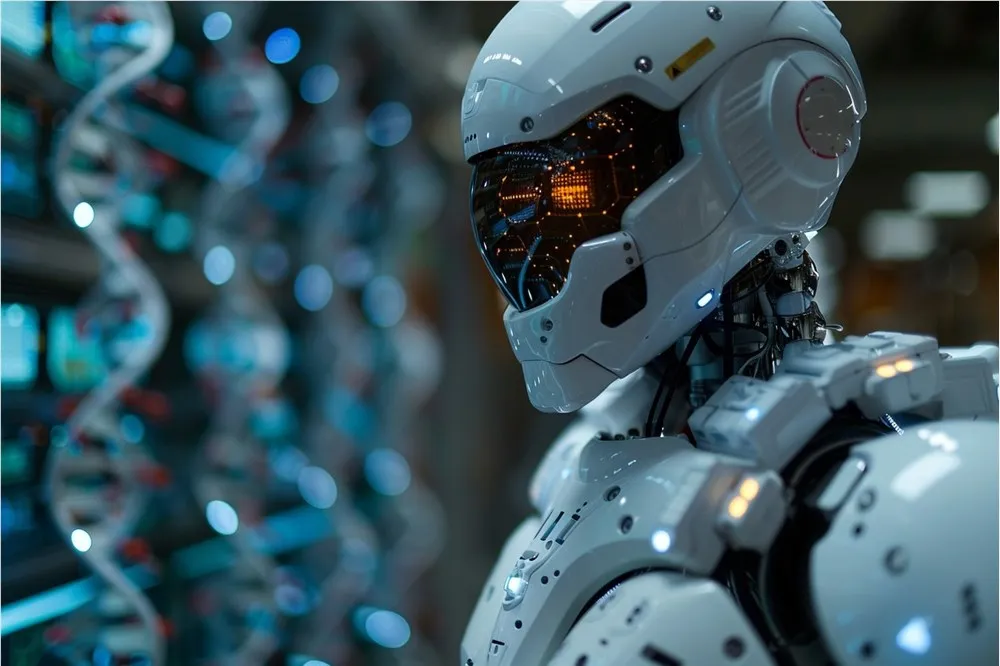With the rapid development of artificial intelligence-generated content (AIGC) technology, the vivid images and videos on social media are becoming increasingly difficult to distinguish between truth and falsehood. To address this challenge, researchers have jointly launched "IVY-FAKE," the first explainable detection framework specifically designed for images and videos. This framework aims to enable AI not only to identify the authenticity of content but also to clearly explain its reasoning behind the judgment.
In the era of AIGC, traditional detection tools often operate in a "black box" manner. Although they can determine whether an image or video was generated by AI, they cannot provide detailed explanations. Such limitations not only affect user trust but also create obstacles for practical applications. The birth of IVY-FAKE is precisely to solve this problem. This framework can not only identify forged images and videos but also clearly point out which specific visual artifacts led to the determination.

Image source note: Image generated by AI, image authorization service provider Midjourney
The core of IVY-FAKE lies in its large-scale, multimodal dataset and advanced detection models. The dataset contains more than 150,000 images and videos, covering various types of content, and is accompanied by detailed natural language reasoning explanations to clarify why a particular sample was judged as real or fake. This comprehensive annotation goes beyond the previous method of providing simple "true" or "false" labels, greatly enhancing the transparency and credibility of the model.
At the same time, the introduction of the IVY-XDETECTOR model has provided technical support for achieving explainable detection. This model adopts a dynamic resolution processing and progressive multimodal training framework, allowing it to better understand the features of high-resolution images and videos. Researchers hope that through this framework, they can promote the unified development of AIGC detection and improve its application effectiveness in practical scenarios.
As AI-generated content becomes more widespread, the launch of IVY-FAKE undoubtedly provides us with a new solution to deal with false information and content traceability problems, enabling us to more confidently distinguish between true and false content.



